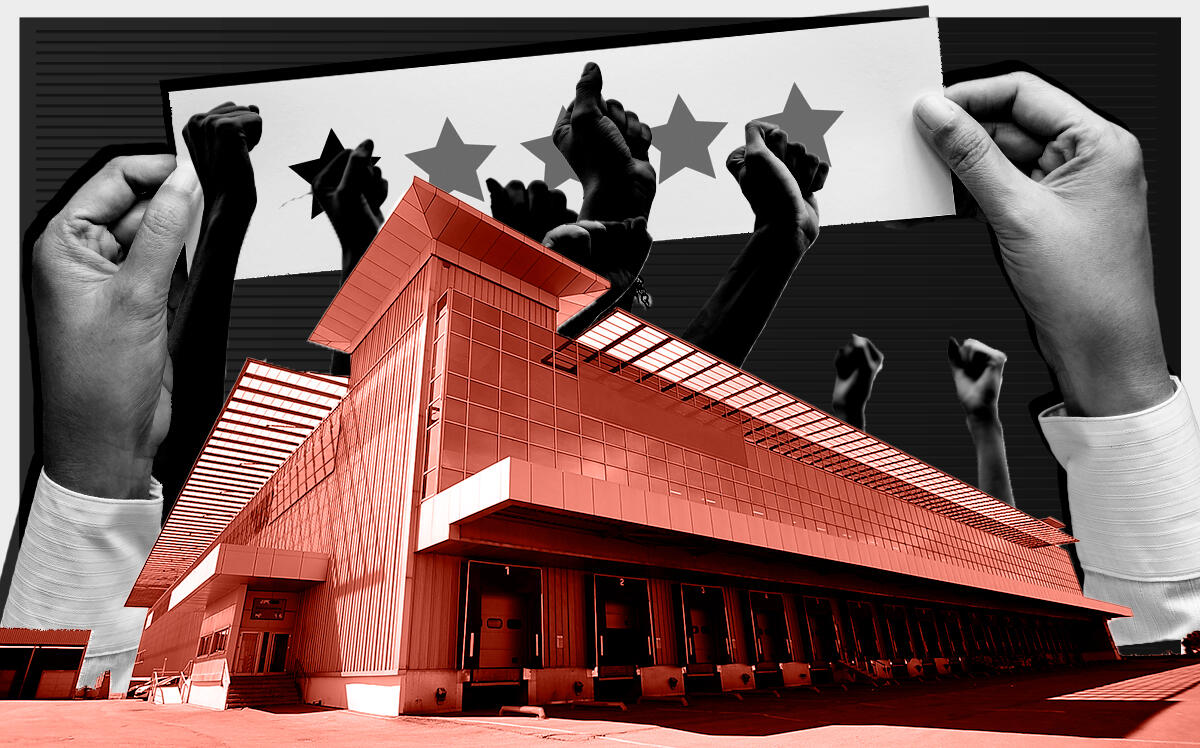 Zara billionaire hits $720M spree for logistics spread
Zara billionaire hits $720M spree for logistics spread
Trending
Blowback: Communities fighting warehouse surge
Municipalities limiting industrial development, citing pollution and congestion

It’s hard to find a real estate asset class that has benefited more from the pandemic than industrial. It went from red-hot to white as companies such as Amazon expanded their e-commerce operations to speed deliveries and account for more consumers shopping online.
Now comes the blowback.
Many residents and elected officials in local communities across the country are pushing back against industrial expansion, citing concerns over pollution and congestion, the New York Times reported.
The trend of grassroots opposition to logistics projects is on display in Southern California’s Inland Empire, which is one of the tightest and priciest industrial markets in the country. Only 1.6 percent of industrial space in Southern California was vacant in the first quarter, and rents rose by 19 percent year-over-year, according to a report by Savills.
That is not uncommon: Despite a nationwide explosion in warehouse and logistics development, vacancy rates reached record lows as demand outpaced supply.
Read more
 Zara billionaire hits $720M spree for logistics spread
Zara billionaire hits $720M spree for logistics spread
 How Hamid Moghadam made Prologis the world's largest industrial landlord
How Hamid Moghadam made Prologis the world's largest industrial landlord
Inland Empire’s proximity to rail lines that easily connect to the ports of Los Angeles and Long Beach, which handle 40 percent of the nation’s seaborne imports, has turned it into a hotbed for industrial development.
Roughly 650 warehouses were in the region about 30 years ago. That number rose to about 4,000 last year, with Amazon accounting for more than a dozen in the region. The tech giant has a five-story, 4 million-square-foot facility in the works that is expected to be ready in 2024.
But many local residents and elected officials in the region, which is home to about 4.6 million people, have had enough. Several municipalities have passed moratoriums in recent months to stop future industrial projects in order to examine their impact on pollution, street congestion and proximity between warehouses and communities.
Last year, the South Coast Air Quality Management District adopted regulations for warehouses to reduce truck pollution and health risks. The rules require large logistics hubs to curb or offset their emissions or pay fees to fund air-quality improvements.
A state bill in California that was ultimately tabled for lack of support called for the prohibition of warehouses spanning at least 100,000 square feet to be built within 1,000 feet of residential areas, schools and health care centers.
However, efforts to tamp down warehouse development have faced strong opposition from groups including the Laborers’ International Union of North America and the California Chamber of Commerce, who have warned that it will cost the region jobs and tax revenue.
Opponents also argue that it would further hurt the nation’s already shaky supply chain.
Similar grassroots efforts to slow industrial development have sprung up in recent years in New York and New Jersey, but on a smaller scale.
— Pat Ralph




